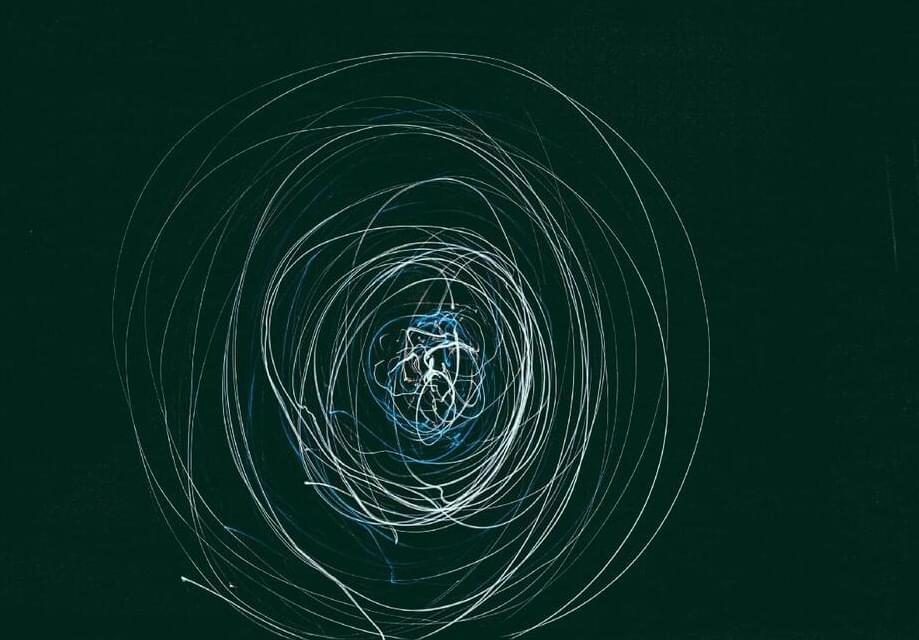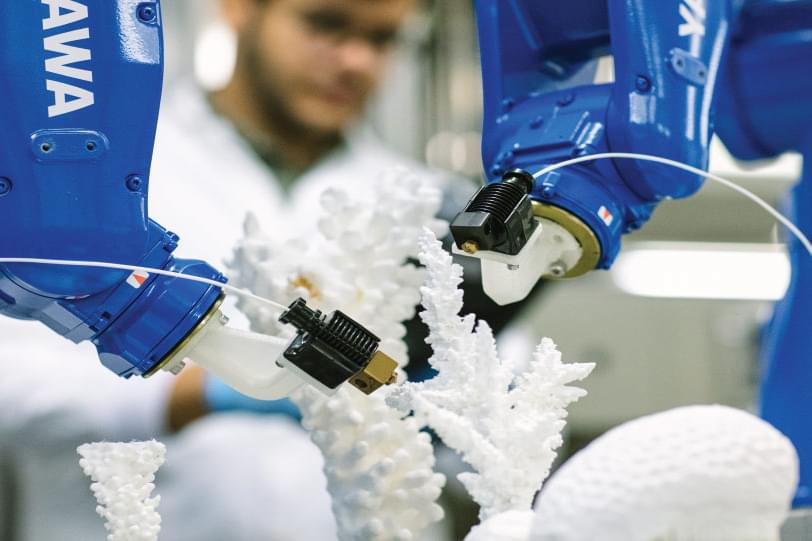Sabine Hossenfelder, Anil Seth, Massimo Pigliucci & Anders Sandberg discuss whether humanity is stuck in the matrix.
If you enjoy this video check out more content on the mind, reality and reason from the world’s biggest speakers at https://iai.tv/debates-and-talks?channel=philosophy%3Amind-a…the-matrix.
00:00 Introduction.
02:21 Anders Sandberg | We could be living in a superior race’s simulation.
04:16 Sabine Hossenfelder | The simulation hypothesis is pseudoscience.
06:20 Anil Seth | Is whether we are a simulation even important?
09:29 Massimo Pigliucci | The mind is too complex to be replicated.
13:14 Is it reasonable to question the existence of reality?
23:55 How do we define reality?
29:34 Are we victim to Hollywood fantasy?
Are we living in a computer simulated reality? Until recently the possibility that we are living in a computer simulation was largely limited to fans of The Matrix with an over active imagination or sci-fi fantasists. But now some are arguing that strange quirks of our universe, like the indeterminateness of quantum theory and the black hole information paradox are evidence that our reality is in actuality a created simulation. Moreover, tech guru Elon Musk has come out supporting the theory, arguing that ““we are most likely in a simulation””.
Should we take the idea that we are living in a computer simulation seriously? Groundbreaking consciousness researcher Anil Seth, stoic philosopher Massimo Pigliucci, maverick physicist and Youtube sensation Sabine Hossenfelder and Oxford transhumanist Anders Sandberg ask if we are stuck in the matrix. The debate is hosted by Güneş Taylor.
#AnilSeth #MassimoPigliucci #ComputerSimulatedReality.




